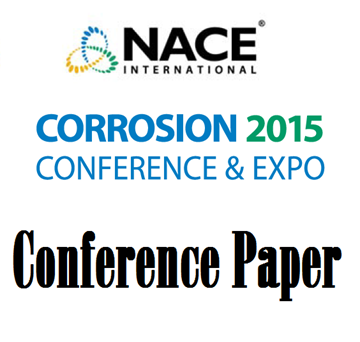Search
Individual Conference Papers
View as
Sort by
Display
per page
Susceptibility of martensitic stainless steels to hydrogen embrittlement
Product Number:
51323-19273-SG
Publication Date:
2023
$20.00
Susceptibility of Plasma Nitrided 17-4 PH to Sulphide Stress Cracking in H2S-Containing Environments
Product Number:
51317--9342-SG
ISBN:
9342 2017 CP
Publication Date:
2017
$20.00
Susceptibility of Selected Steel Grades to Hydrogen Embrittlement – Simulating Field Conditions by P
Product Number:
51319-13402-SG
Publication Date:
2019
$20.00
Susceptibility Study of Common Regulator Alloys to Hydrogen Embrittlement
Product Number:
51324-20893-SG
Publication Date:
2024
$40.00
Susceptibility to Hydrogen Embrittlement of Engineering Steels with Martensitic Microstructures
Product Number:
51324-20800-SG
Publication Date:
2024
$40.00
Susceptibility to Hydrogen Induced Stress Cracking of Alloy 718 and Alloy 725 Under Cathodic Polarization
Product Number:
51315-5597-SG
ISBN:
5597 2015 CP
Publication Date:
2015
$20.00
Susceptibility to Localized Corrosion Attack and Application Service Envelopes for Ni Based Corrosion Resistant Alloys in Oil & Gas Production Service Conditions, a Literature Review
Product Number:
51324-20432-SG
Publication Date:
2024
$40.00
Suspension Plasma Spray of TiO2, CuO and Fe3O4 Coatings And Their Corrosion Behaviour
Product Number:
51321-16302-SG
Publication Date:
2021
$20.00
Suspension-High Velocity Oxy-Fuel Spray Tio2 Coatings And Their Corrosion Behaviour
Product Number:
51322-17637-SG
Publication Date:
2022
$20.00
Sustainable Activated Zinc Rich Epoxy Primers with Extended Durability
Product Number:
MECC23-20257-SG
Publication Date:
2023
$20.00
Sustainable Biocide Formulations to Deliver Controlled Post Fracture Souring Management
Product Number:
51317--9115-SG
ISBN:
9115 2017 CP
Publication Date:
2017
$20.00












